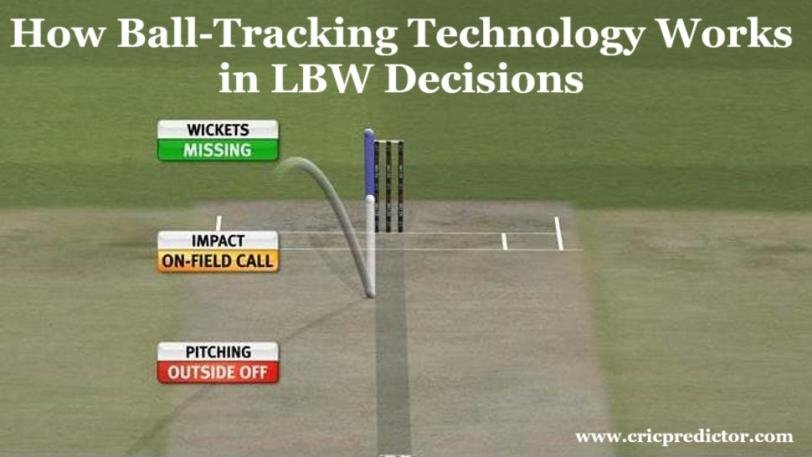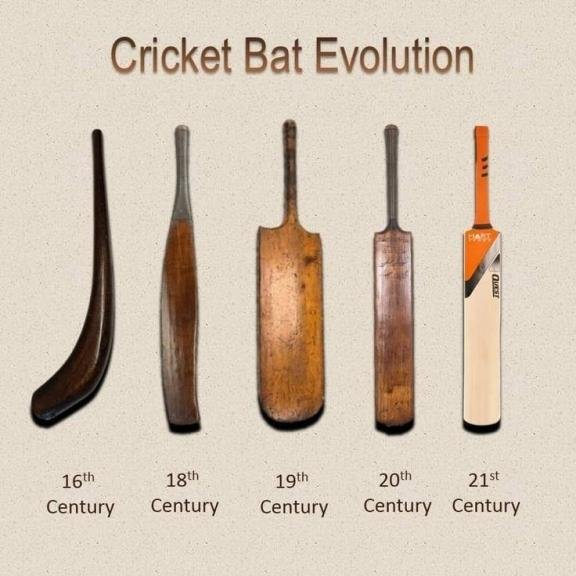How Ball-Tracking Technology Works in LBW Decisions

Leg Before Wicket (LBW) has always been one of the most debated and complex decisions in cricket, often sparking heated discussions among players, commentators, and fans alike. The margin for error in these decisions can be incredibly slim, making the need for precision crucial. Thanks to technological advancements, ball-tracking technology has transformed the accuracy and fairness of LBW rulings, reducing human error and bringing consistency to umpiring. This blog will explore how ball-tracking works, its impact on cricket, and why it’s crucial for match predictions, cricket betting tips, and data-driven analysis in today’s game.
What is Ball-Tracking Technology?
Ball-tracking technology, commonly known through systems like Hawk-Eye, uses high-speed cameras and advanced algorithms to predict the ball’s trajectory after it hits the batsman’s pads. This technology provides critical data for LBW decisions by analyzing:
- Ball’s point of impact: The spot where the ball hits the batsman’s pads, helping determine if it was in line with the stumps. It also assesses if the batsman played a shot and whether the impact was inside or outside the off-stump line.
- Ball’s path: The predicted trajectory after impact, considering the ball’s speed, spin, and bounce. Advanced algorithms use this data to forecast whether the ball would hit the stumps. This helps make accurate LBW decisions, even for close or marginal calls.
- Stump alignment: Whether the ball would have hit the stumps, considering the ball’s angle, speed, and deviation. The system predicts the ball’s projected height and movement, ensuring even close LBW calls are judged accurately.
- Speed and Bounce Measurement: The system calculates the ball’s speed and the degree of bounce, helping to determine whether the ball would have passed over the stumps.
- Spin and Swing Analysis: Advanced algorithms assess how much the ball is deviating in the air or off the pitch, which plays a crucial role in trajectory prediction.
- Seam Position Tracking: By tracking the ball’s seam position, the system predicts lateral movement after pitching. This helps gauge swing and spin, improving the accuracy of LBW decisions. Ball-tracking technology, commonly known through systems like Hawk-Eye, uses high-speed cameras and advanced algorithms to predict the ball’s trajectory after it hits the batsman’s pads. This technology provides critical data for LBW decisions by analyzing:
How Does Ball-Tracking Work?
1. Data Collection
Multiple high-speed cameras, often positioned around the ground at strategic locations, capture the ball’s movement from different angles with remarkable precision. These cameras operate at frame rates exceeding 300 frames per second, ensuring every nuance of the ball’s motion is recorded. They track the ball from the bowler’s hand right through its flight path, measuring speed, seam position, swing, and spin. This comprehensive data enables the system to map the ball’s exact trajectory, providing invaluable input for accurate LBW decisions.
2. Trajectory Prediction
Using data from multiple high-speed cameras, advanced algorithms predict the ball’s path with remarkable accuracy. They analyze factors like speed, spin, seam movement, bounce, and pitch conditions. This ensures even subtle deviations and variations are accounted for in LBW decisions.
3. Decision Making
The predicted trajectory is matched against the stumps’ position, factoring in speed, bounce, and deviation. If the ball is projected to hit the stumps, the system determines the dismissal based on impact location and height. This helps ensure accurate and fair LBW decisions.
Historical Impact of Ball-Tracking
Since its introduction, ball-tracking has drastically reduced controversial decisions and brought a new level of precision to cricket umpiring. According to cricket statistics, the accuracy of LBW decisions has increased by over 95% in international matches. This technology has especially played a vital role in high-stakes tournaments like the ICC Champions Trophy and the Ashes, ensuring that critical moments are judged with fairness and accuracy. High-profile players like Virat Kohli and Joe Root have both benefited from the technology when incorrect on-field calls were overturned, while also falling victim to its unforgiving precision when marginal calls went against them. The increased reliance on ball-tracking has also enhanced the Decision Review System (DRS), making cricket predictions and data analysis more reliable than ever.
Importance for Cricket Predictions and Betting Tips
Ball-tracking data is vital for accurate match predictions and betting tips. It helps experts gauge LBW accuracy and understand key match dynamics by analyzing:
- Bowlers’ consistency and wicket-taking potential.
- Batsmen’s technique and their susceptibility to certain deliveries.
- Pitch behavior over time, including bounce, turn, and wear, which can affect ball trajectory and decision-making accuracy. It also helps predict how the surface will evolve, impacting both batting and bowling strategies.
- Impact of weather conditions on ball movement, like swing in humid conditions or extra bounce on dry pitches.
- Influence of specific bowlers against certain batsmen, offering insights into key matchups and strategy formation. Ball-tracking data is vital for accurate match predictions and betting tips. It helps experts gauge LBW accuracy and understand key match dynamics by analyzing:
For in-depth cricket data analysis and expert insights, check out our latest predictions for the ICC Champions Trophy 2025 on the Cric Predictor website.
How Cric Predictor Uses Ball-Tracking Data
At Cric Predictor, we use advanced ball-tracking analytics to improve our match predictions. Our tools analyze historical LBW data, player performance, and pitch conditions to provide precise betting tips and winning predictions.
- Use our advanced prediction tools to make your own informed decisions.
- Sign up for our newsletter to receive exclusive predictions and expert analysis.
Join the Cric Predictor Community
Stay ahead in the game with accurate predictions and expert insights. Our Telegram Channel for real-time updates and the latest match predictions. Test your cricket knowledge and prediction skills with our weekly challenges.
👉 Visit Cric Predictor today and see how our advanced algorithms can help you improve your predictions.
👉 Test your prediction skills against our experts in our weekly prediction challenges. Visit Cric Predictor today and see how our advanced algorithms can help you improve your predictions!
👉 If You Want to Read More Blogs about Cricket You Can! Click Here










